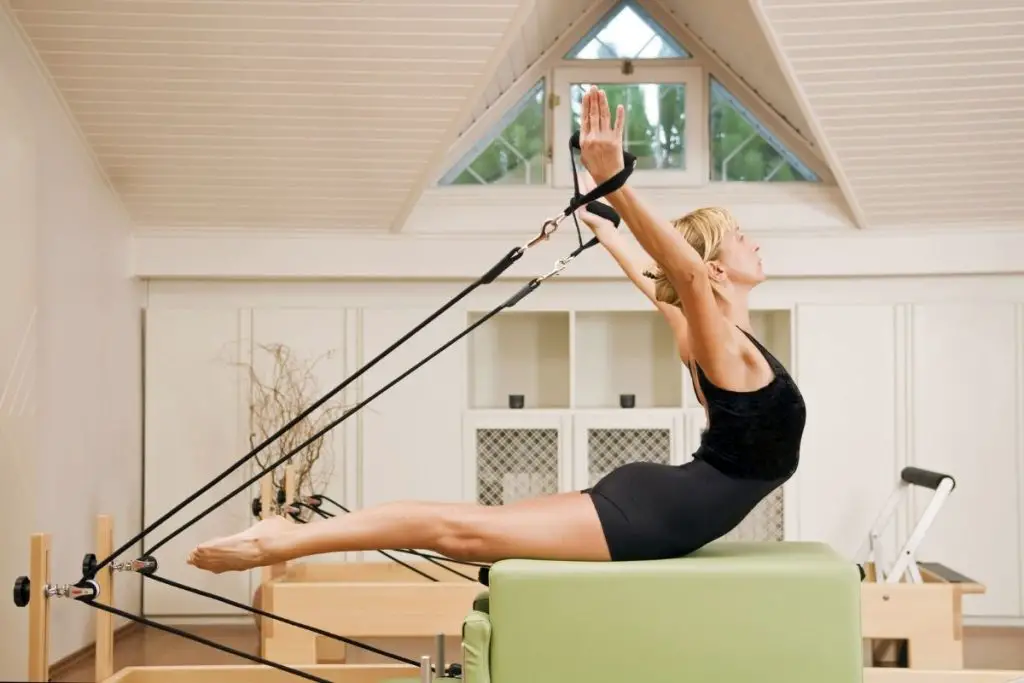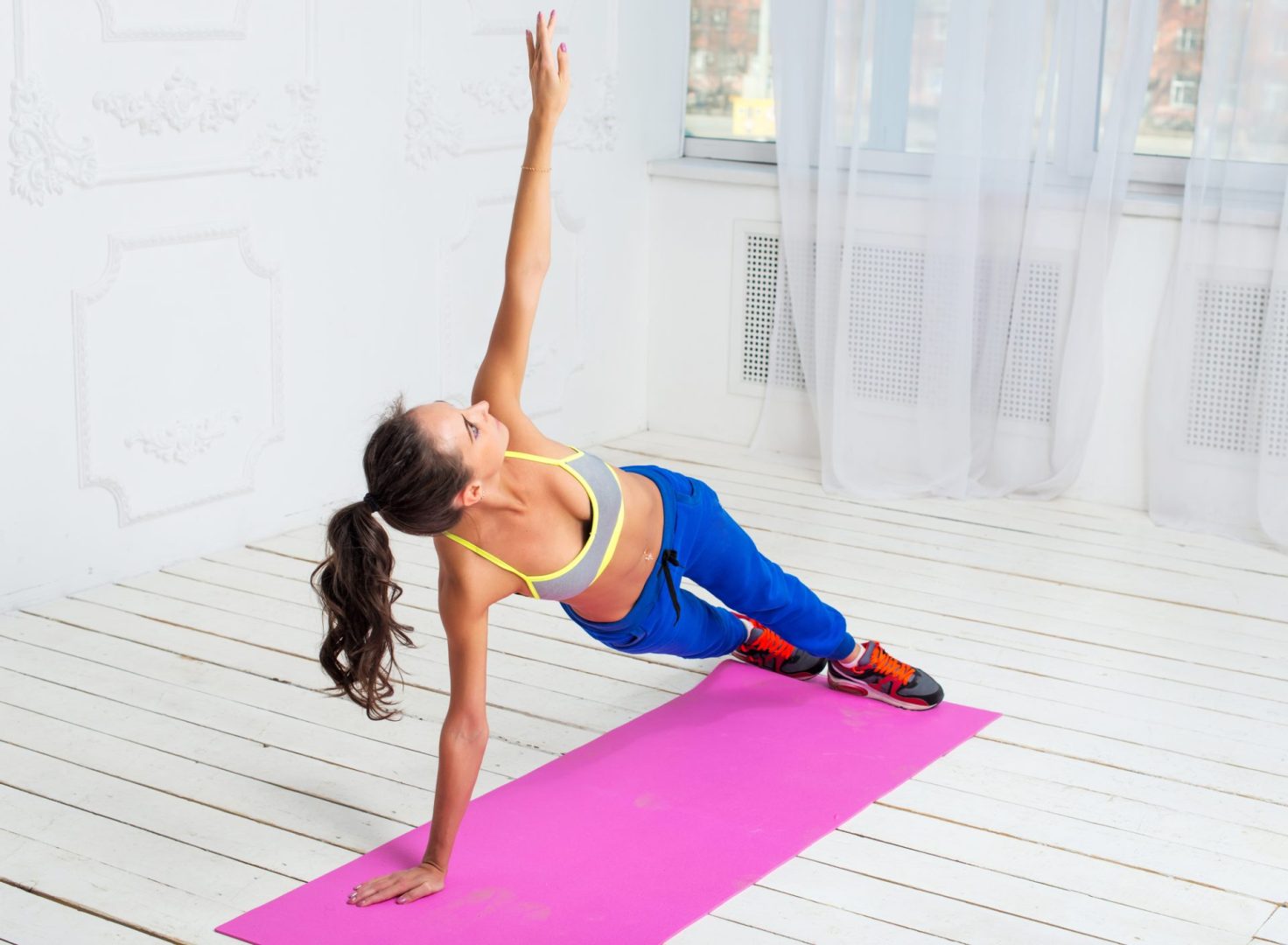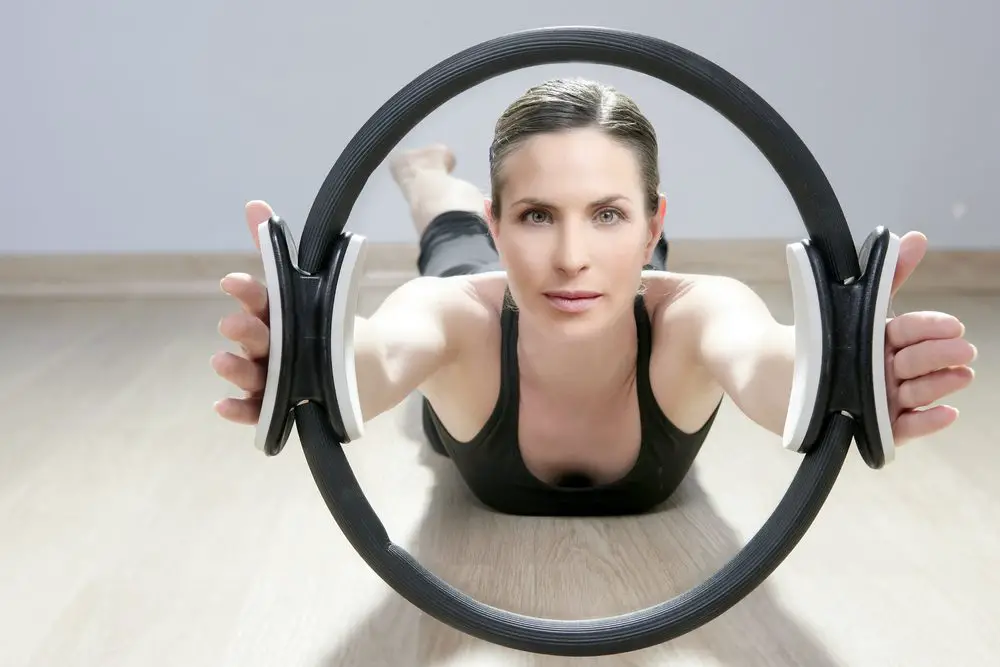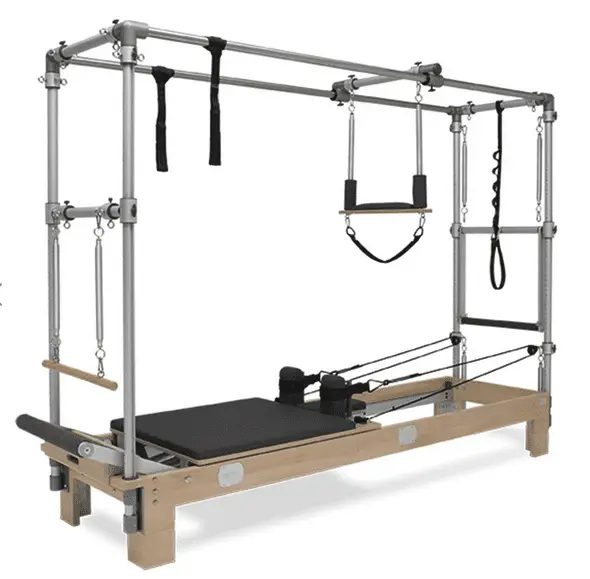Is Pilates Strength Training?
Pilates is not strength training in the sense of pushing muscles to their limits, but individuals who do it will experience some gains in strength and muscular tone.
People frequently worry if it can completely replace strength training or if they will still need to do some weight exercises.
Does this imply that Pilates cannot aid in strengthening you? Let’s investigate.
What Are The Benefits Of Pilates?
Pilates can be performed in a studio or even at home and is an incredibly adaptable low-impact exercise.
Both beginners and experts can benefit from it because it strengthens your abdominal muscles while also enhancing your posture, flexibility, and strength.
It provides a wealth of advantages to increase your wellbeing. Regular Pilates exercises will help you become more flexible, which is very helpful in daily life or even other sports endeavors.
The core muscles in Pilates are the subject of many of the exercises. Together, they assist you maintain appropriate posture and stabilize you as you walk around.
Numerous Pilates exercises also target particular muscle groups, like the arms or legs.
Pilates aids in repairing poor posture by realigning the spine. Additionally, it boosts blood flow throughout the body, which enhances general health.
It also helps with sleep patterns, concentration, stress reduction, happiness, and everyday focus.
Why Do We Need To Do Strength Training?
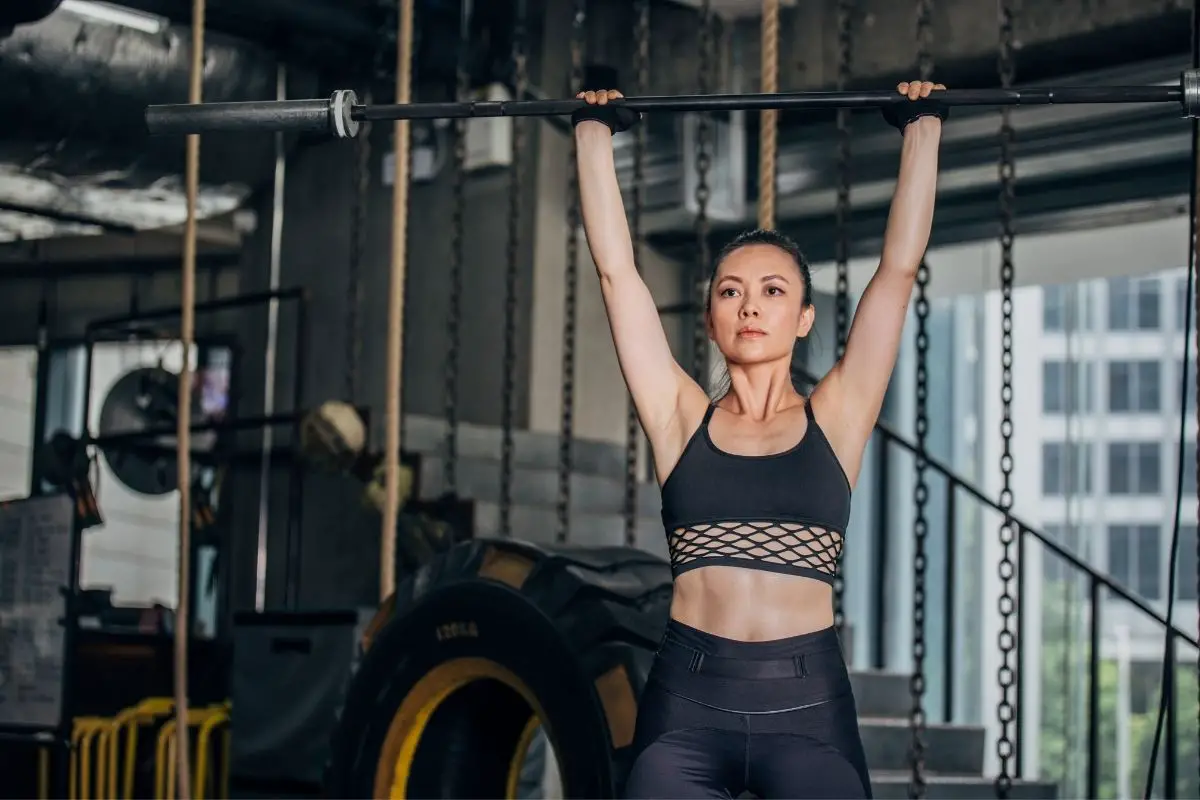
It is advised to practise strength training to assist slow down the pace of muscle and bone loss as we become older and retain our ability to carry out daily chores.
Strength training is crucial because it promotes muscular growth, boosts bone density, and enhances endurance while also enhancing coordination, balance, flexibility, and endurance.
All of these elements contribute to better posture, decreased back discomfort, and improved general health.
To raise bone density and lower the risk of osteoporosis, it is advised that all main muscle groups be used at least twice a week.
Having more muscle mass also helps your body burn calories more efficiently and stay at a healthy weight. Being at an ideal weight lowers your risk of developing heart disease, respiratory issues, or diabetes.
You need a variety of exercises to obtain your desired body composition and fitness, and switching things up has pleasure as well as a number of health benefits.
Strength Training Vs. Pilates
A technical definition of the practice of strength training is to strengthen your muscles until they become so fatigued that you are unable to complete another exercise with proper form.
Traditional Pilates doesn’t really push the muscles to exhaustion (while it may feel that way occasionally in class!), so these variables are not present in it – including the ability to gradually up the resistance as you gain strength.
This means that, in all likelihood, Pilates alone won’t provide the same benefits as more conventional forms of strength training, like resistance training, which increases muscle development and eventually alters your body’s structure.
That doesn’t mean Pilates can’t help you get stronger; anybody starting Pilates will gain from improved muscle definition and core strength as well as from more strength in specific muscle groups.
According to anecdotal evidence, clients have told me they enjoy seeing progress and can feel their core muscles, balance, control, and endurance getting stronger as they work out more.
The majority of people will see a plateau in their benefits rather than a steady improvement. If it’s the only thing you want, there’s absolutely nothing wrong with that.
Pilates is undoubtedly an excellent approach to start strengthening your body while increasing your flexibility and overall mobility.
Conventional strength-building exercises could be added to your current Pilates routine to help you gain more muscle strength and reach your ideal level of fitness.
A Strength Workout To Compliment Pilates
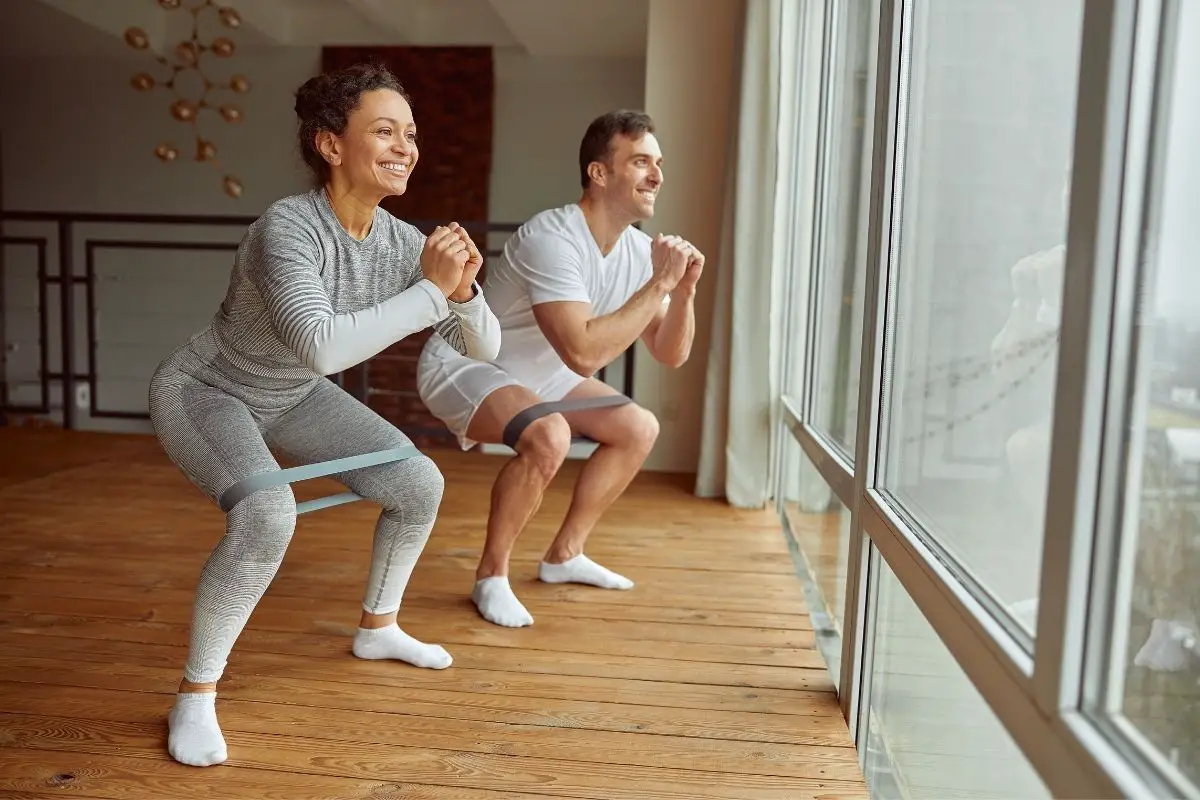
The NY Times posted a great article about a 9-minute strength-training regimen that demonstrates how to strengthen your entire body using only a few basic motions and no equipment:
- Squats
- Push-ups
- Rock climbers
- Plank
- Divided squat
- Single-leg hip lift
- Burpees and pushups
- Single leg toe touches
- Leg lifts
This kind of activity enhances a Pilates session by incorporating bodyweight alone weight training.
When you enter a studio, you might have access to the Reformer. Utilizing your own weight as resistance is the main goal of a reformer workout.
Because you are using your entire body to move, this strength training is different from other types because you are also exercising your core.
If you’ve ever used a reformer, you know how difficult it can be to maintain the control, focus, strength, and power needed for most of these exercises.
A Reformer’s capacity to adjust resistance allows you to challenge your balance and strength while accurately tracking your development.
How Can Your Pilates Practice Incorporate More Strength Training?
If you already practice Pilates, you are aware of its emphasis on resistance including the use of your bodyweight during exercises.
This explains why anyone new to Pilates would experience an initial boost in muscular strength followed by a gradual plateau.
What can you do to include more resistance into your exercises if you don’t really have the time for additional training?
Utilizing apparatus like resistance bands and light weights, which make your body work harder, is the ideal strategy.
Another option is to go to a Pilates facility with a Reformer available.
This delivers a remarkably intensive session irrespective of your skill level because you are also using your core and your entire body to move, which distinguishes it from other forms of strength training.
Regardless of your present level of fitness, you’ll find the Reformer demanding because many of the workouts call for control, concentration, strength, and power.
Because levels of fitness vary, you can increase the demand on your balance and strength while tracking progress effectively thanks to a Reformer’s capacity to increase or decrease resistance.
When starting any new physical activity, bear in mind that you should get professional advice if you feel any pain or have any pre-existing medical disorders (such as joint difficulties) to determine if the exercises are good for you.
Conclusion
Pilates will boost your strength to a certain extent, but it’s not a pure strength-training exercise like weightlifting is.
It does, however, provide individuals from all areas of life with a wide range of physical advantages.
If you are new to Pilates, you will notice changes in your physical condition. Regular practice will result in muscular toning, and Pilates is excellent for injury recovery.
